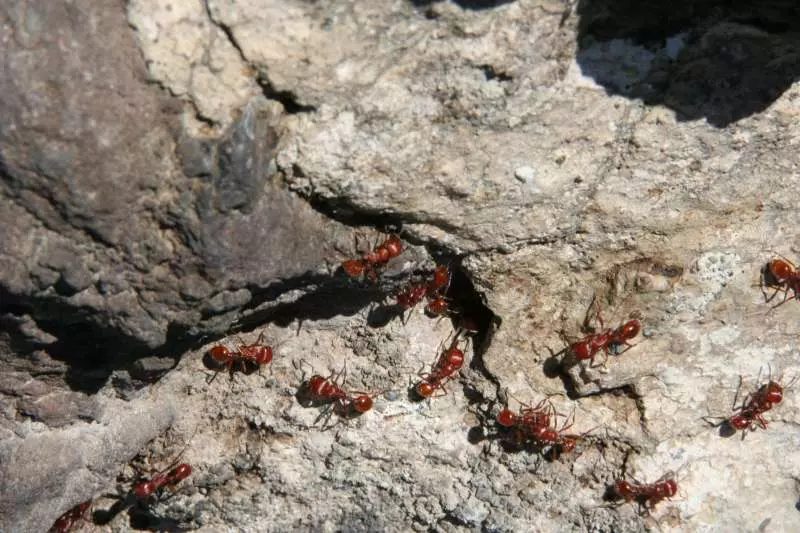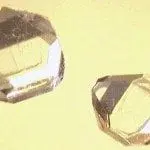Consider the ant–the very first ant. Lets call it Amy because the ant world is dominated by females. Let’s make her a queen. Within her is all the genetic material needed to make all of the diversity of ant individuals that are represented in the nearly 15,000 species of ants.
Amy has wings and knows how to use them. She knows how to tear off her wings, dig a burrow, care for her eggs and decide when to lay non-fertilized eggs which develop into males. Males? Alas! Our lady ant has no mate!
Oh, well, let’s pretend a male ant evolved at a corresponding rate, learned to fly (There is a flight problem, but that’s not for this article.), and somehow found Queen Amy. Oh, yes, lets also make our “just so” story say our male–let’s call him Andy–just happened to evolve in, of all places in our big world, within a few yards of his future mate! You may think that there are slot of improbabilities with this little story. Well, you are in good company, for Charles Darwin himself had a dilemma due to the amazing ant.
Most of Darwin ‘s book, Origin of Species, was devoted to answering problems with his theory of evolution. He opened Chapter 6 with, “Long before the reader has arrived at this part of my work, a crowd of difficulties will have occurred to him. Some of them are so severe that to this day I can hardly reflect on them without being in some degree staggered…” One of the four main categories of difficulties Darwin listed was sterile ants.
Darwin pointed out that sterile females are very different in build and structure from males and fertile females. Being steriIe, they cannot “propagate their kind.” Correctly Darwin asked how such creatures could have developed. He glossed over this immense problem with an “I believe” story of natural selection slowly acting upon groups of ants. In the process of spinning this story Darwin stated, “It will indeed be thought that I have an overwhelming confidence in the principle of natural selection when I do not admit that such wonderful and well-established facts at once annihilate the theory.” and “But I must confess, that, with all my faith in natural selection, I should never have anticipated that this principle could have been efficient in so high a degree, had not the case of these neuter insects led me to this conclusion.”
Modern science has discovered that ant infertility results from ants licking the queen. Evolutionists say females sacrifice their own fertility because it is more efficient to help raise eggs of a single female than to lay and rear their own. If the queen dies, the workers can lay unfertilized viable eggs that become males. The females die, but the genes are carried on by the males. So, until natural selection developed this complex chemical process to control ant reproduction, it must have been every ant for herself.
Natural selection has only been observed to produce varieties within a created kind–from ant to ant. Darwin, and contemporary proponents of evolutionism want to stretch the concept to change an ant into an aunt. That is just plain ridiculous.
Back to Amy and Andy: We did not even discuss where they came from according to evolutionism. We’ve had enough impossible things to believe in this article. The ant is considerable proof that evolutionism is non-science (i. e., nonsense).





